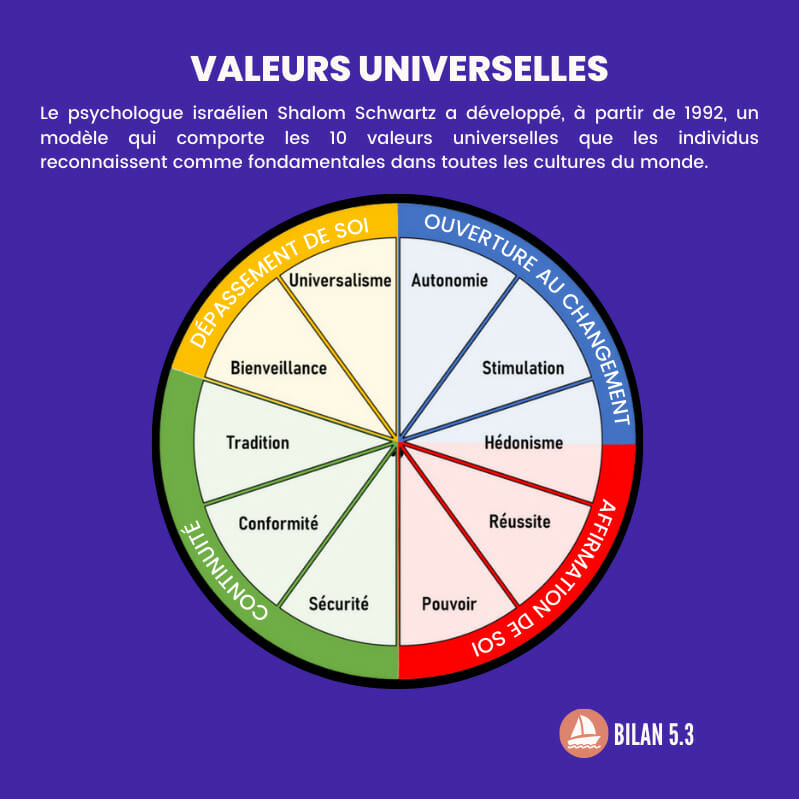Artificial intelligence could help detect warning signs of Parkinson’s disease by analyzing voice changes in patients, researchers say.

- Researchers are currently exploring the use of AI to early diagnose Parkinson’s disease through voice analysis. This technology detects subtle variations in tone, articulation and rhythm, early signs of disease.
- Using machine learning algorithms, these analyzes achieve up to 99% accuracy.
- In addition to early diagnosis, AI could enable remote monitoring of patients, reducing in-person consultations.
What if a simple voice recording made it possible to detect Parkinson’s disease even before the appearance of visible symptoms? This promising avenue is currently being explored by a team of Iraqi and Australian researchers, who highlight the potential of artificial intelligence (AI) algorithms to diagnose this neurodegenerative disease.
Detecting invisible Parkinson’s signals
In its early stages, Parkinson’s disease, which affects more than 8.5 million people worldwide, is often signaled by speech problems. Patients may begin to speak in a quieter, more monotonous, less expressive, or more fragmented manner. Then as the disease progresses, hoarseness, stuttering or even difficult pronunciation of words are likely to appear.
However, traditional methods of diagnosing Parkinson’s remain time-consuming and complex, delaying early detection and effective treatment. Researchers from the Middle Technical University (MTU) in Baghdad and the University of South Australia (UniSA) presented at the scientific conference Electrical Engineering Techniques Research (EETR) of 2024a compilation of advances in AI to detect Parkinson’s through voice analysis. According to Professor Ali Al-Naji, who led the work, these techniques could revolutionize the early diagnosis of patients.
The AI is based on machine and deep learning algorithms, trained to analyze voice data from Parkinson’s patients and healthy people. These AI models can therefore identify subtle anomalies, such as “small variations in the tone, articulation and rhythm of the voice, associated with loss of control of the vocal muscles”can we read in a press release. In some studies, these algorithms achieve impressive accuracy, up to 99%.

Improve the quality of life of patients
Although there is no cure for Parkinson’s disease, early diagnosis and intervention can slow the progression of symptoms and significantly improve patients’ quality of life. Furthermore, it could reduce the need for in-person consultations, by allowing remote monitoring of patients. Despite promising results, the researchers however insist on the need for additional studies on larger and more diverse populations to validate these approaches, which are still at the experimental stage.















